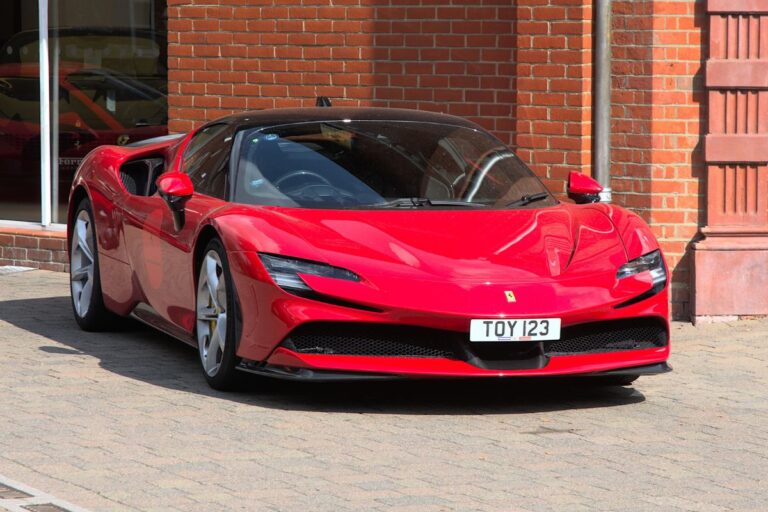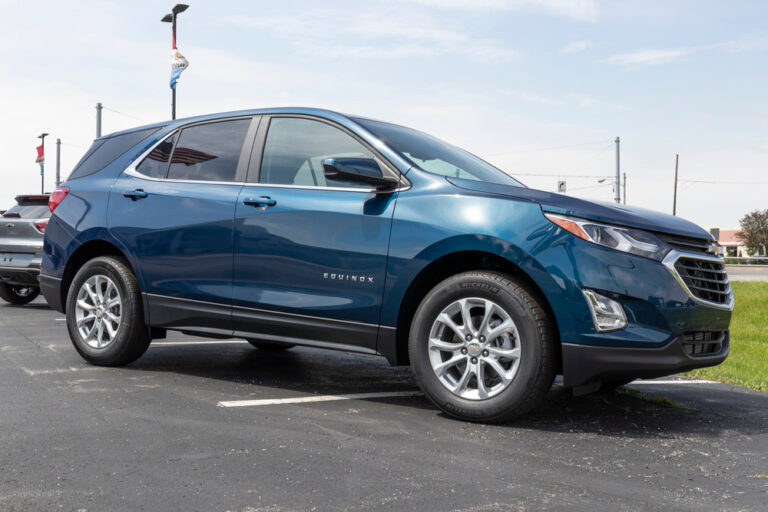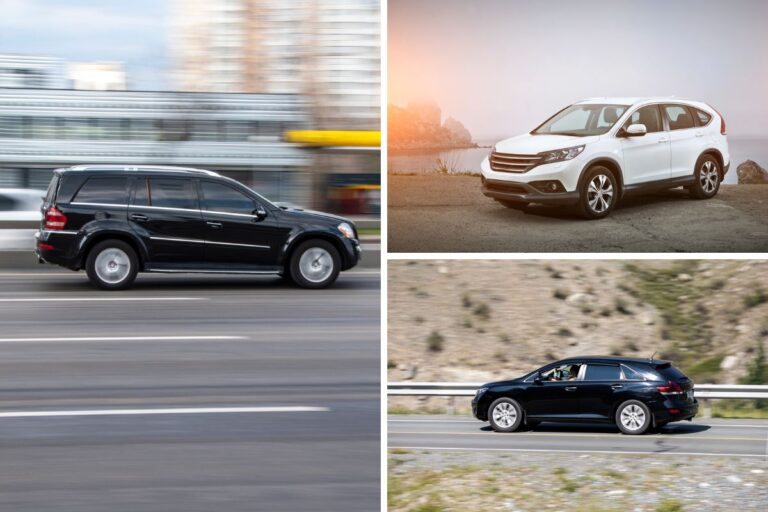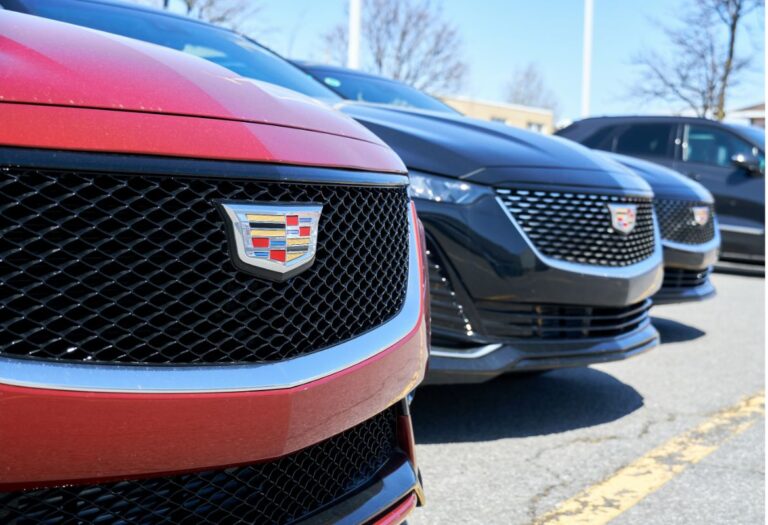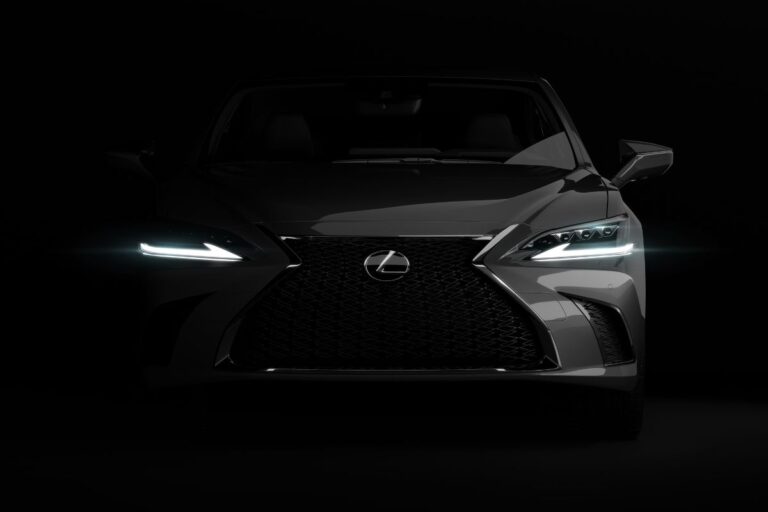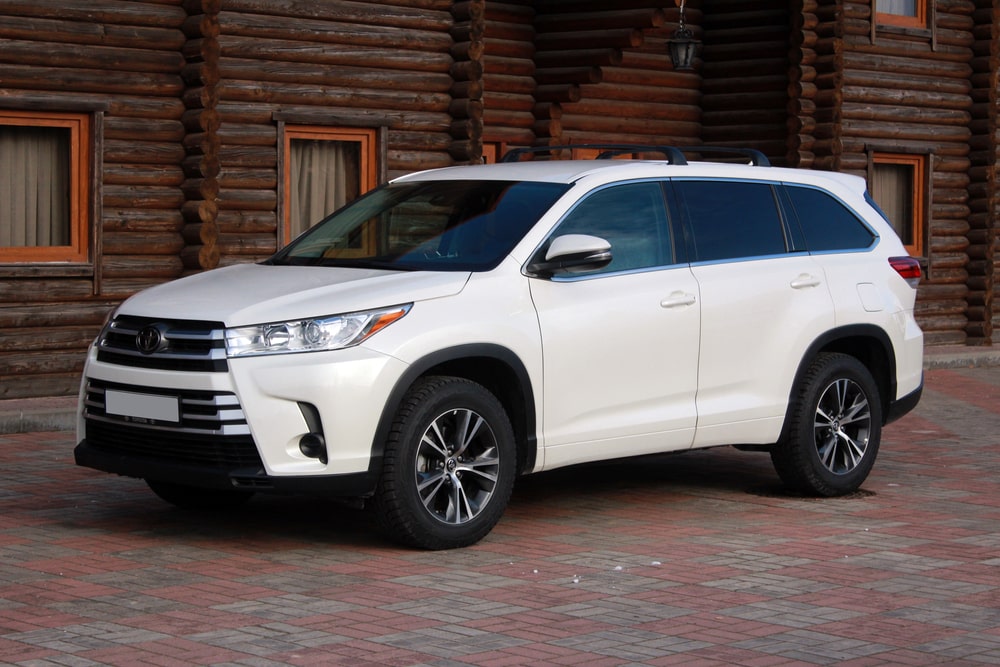
Are you hungry for adventure? Do you want to discover nature’s wonders without having to jump on a plane? Do you want your family car to get you out into the wild?
If your answer is ‘yes!’ to these questions, your best choice of vehicle is an SUV – a ‘Sport Utility Vehicle’ that handles town and country driving equally efficiently. You need a Crossover SUV!
The Toyota Highlander is an SUV (Sport Utility Vehicle) with eight seats. The Highlander range includes two-wheel-drive (2WD) and All-Wheel-Drive (AWD) models. The Toyota RAV4 is a CUV (Crossover Utility Vehicle) available in 2WD and AWD models.
Both the Highlander and RAV4 are marketed as Crossover SUVs. A plethora of SUV and Crossover models are available today, both new and used. Comparing a Toyota Highlander with a Toyota RAV4 is a good place to start your journey towards acquiring your ideal Crossover SUV.
By learning what the two SUVs have to offer the adventurous driver, you’ll be able to fine-tune your vehicle selection criteria and make an informed purchase.
What is a Crossover SUV?
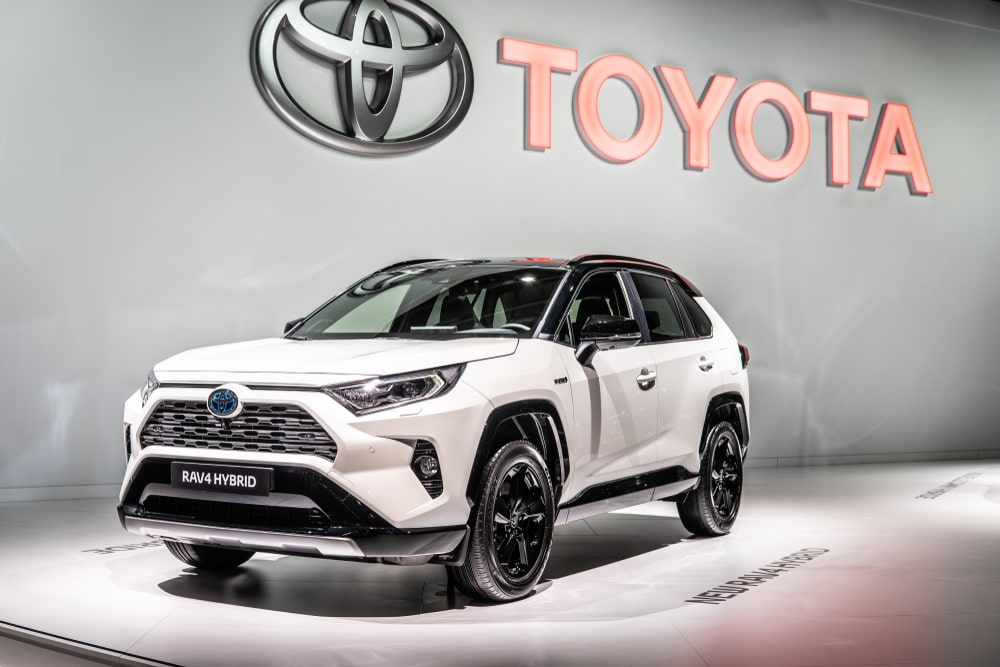
A Crossover is a later derivation of an SUV, which first appeared in the mid-1990s to satisfy a need for a versatile passenger/family vehicle that could also function as a light truck or minibus. The words – ‘sport’, ‘utility’ and ‘vehicle’- clearly define the purposes and overall design vision of the manufacturers. Originally, an SUV was built on a truck chassis and suspension system, powered by a car engine and drivetrain.
The stiff truck suspension made for an uncomfortable drive on urban roads. Enter the Crossover in the mid-2000s. These CUVs were designed and built using a car chassis with an integrated body and an independent suspension system.
This made for a softer ride and improved handling. The new CUV bodies were more capacious with improved interior comfort. SUVs and Crossover SUVs (CUVs) were always designed to be versatile transporters of people and cargo, both on and off-road.
Today, they are available in gas, diesel, and hybrid iterations. What’s more, their transmission options include two-wheel-drive (2WD), four-wheel drive (4WD), and all-wheel-drive (AWD) derivatives.
Are an SUV and a Crossover Different?

Apart from the difference in chassis and suspension (truck or car platform), they’re the same thing. Essentially, there’s an overlap in SUV and Crossover design, specification, and functionality to a point where the two monikers are now interchangeable.
Why Should I Buy a Crossover SUV?

The quick answer is – ‘because you want to go off-road, loaded with family and lots of fun gear! Right?’
Of course! That’s what adventure is all about – going to wild and interesting out-of-the-way places, off the beaten track!
To undertake exciting road trips and off-road excursions without undue risk, ‘your new family car’ will need to satisfy specific requirements, including:
- 4WD or AWD transmission
- All-terrain tires
- High ground clearance
- Short front and rear overhang
- Adequate passenger seating
- Ride comfort
- A large cargo area
- Good towing capacity
- In-car infotainment system
These specifications are the bare essentials for a comfortable and safe journey into the wilderness.
So, how do the Toyota Highlander and Toyota RAV4 stack up against these requirements?
We’re getting there, but let’s establish a few basic off-roading principles first.
Off-Roading’s Vital Questions

When you start daydreaming about a road trip and off-road adventure with your tribe, you’ve already answered the ‘why?’ – ‘because I want to!’ is reason enough.
The other ‘elemental questions’ of your unfolding off-road adventure story – the ‘who, where, how and what?’ – need to be answered before buying a Crossover SUV.
To buy wisely, you’ll need to formulate a comprehensive and realistic picture of what you can afford and set that against everything you want your Crossover SUV to do:
- How much can you afford on a Crossover SUV?
- Where do you want it to go?
- Who will travel with you?
- What cargo needs to be carried in the Crossover SUV?
Your answers to these questions may read something like this:
Example A
- How much? $35 – $45K
- Where? Backcountry roads and trails all over the US in summer, fall, winter and spring.
- Who? Me, Sally, the two kids, plus a friend for each of them, maybe.
- What? Clothing, food, two/three small tents, gazebo, cooking gear, canoe, two bicycles.
Or, they may read more like this:
Example B
- How? $35 – $45K
- Where? Backcountry roads and trails all over the US in summer, fall, winter and spring.
- Who? Me, Joan, the two dogs.
- What? Clothing, food, tent, gazebo, cooking gear, canoe, fishing rods/tackle.
The buyer in Example A differs from Buyer B only in the number of people needing transport and the type/volume of cargo to be carried.
To illustrate this exercise, assume Buyer A and Buyer B have both narrowed their sights on ‘a 2020 Toyota Highlander LE, or a 2020 Toyota RAV4 TRD’.
Let’s compare their respective specifications:
Comparing Vital Statistics – *Edmunds.com
Toyota Highlander LE / Toyota RAV4 TRD
- Price (Retail): $40,318/$39,090
- Engine: V6 3.5 Liter / 4 cylinder 2.5 Liter
- Horsepower: 295@6,600 / 203@6,600
- Torque: 263@4,700 / 184@5,000
- Transmission: 8 Speed Auto + Manual / 8 speed shiftable Auto
- Drivetrain: AWD / AWD
- Fuel Capacity: 17.9 gal. / 14.5 gal.
- Ground Clearance: 8.0 inches / 8.6 inches
- Total Overhang: 82.7 inches / 75.6 inches
- Wheelbase: 112.2 inches / 105.9 inches
- Tires: All-weather / All-terrain
- # Of Seats: 8 / 5
- Comfort Rating*: 8.0 / 7.5
- Cargo Capacity: 16.0 – 48.3 cubic inches / 47.5 – 69.8 cubic inches
- Payload Capacity: 1,605 pounds / 1,050 pounds
- Towing Capacity: 5,000 pounds / 3,500 pounds
- Infotainment Rating*: 7.5 / 8.0
- Fuel Consumption: Average 23 mpg / Average 27 mpg
- Value Rating*: 7.5 / 8.0
- Overall Rating*: 7.8 / 7.7
Check These YouTube Off-Road Reviews:
For the Toyota Highlander LE’s off-road capabilities:
For the Toyota RAV4 TRD’s off-road chops:
Which is Better for Off-Road Adventure?

They’re very similar in price. Both have AWD and oodles of premium-class safety and infotainment tech. It’s in their differences that you’ll discover more about your off-road adventure dream.
Bear in mind our two hypothetical Buyers:
- Crossover SUVs have become ‘lifestyle’ vehicles. However, they’re primarily family workhorses, with most of their toil happening in urban areas.
Toyota Highlander LE
Pros: The Toyota Highlander is a bigger, more powerful vehicle, capable of carrying lots of holiday gear and, three more people than the RAV4 TRD. It can also tow a heavier trailer than the RAV4 TDR.
Cons: Its long front overhang and relatively low ground clearance make it unsuitable for extremely steep gradients and rocky terrain. It is nonetheless more than capable when handling backcountry dirt tracks and icy road conditions. It isn’t sold with standard-fit all-terrain tires.
- VERDICT: The Toyota Highlander LE is a good choice for Buyer A.
- Download the Toyota Highlander brochure: Toyota Highlander
Toyota RAV4 TRD
Pros: The Toyota RAV4 TRD is the grittier option and comes equipped with drivetrain tech to handle tricky off-road situations where traction may be compromised. Its cargo carrying capacity is better than the Highlander and its towing capability is impressive for its engine size.
Cons: The power response from the modest engine could be better. The front passenger seat is uncomfortable and the steering could be more precise.
- VERDICT: The Toyota RAV4 is a good choice for Buyer B.
- Download the Toyota RAV4 TRD brochure: Toyota RAV4
Final Tip: New automobiles depreciate by 20% in the first year. The 2020 Toyota Highlander LE and the 2020 Toyota RAV4 TRD will barely be run in by the end of 2021, but they’ll be a lot more affordable.
- Don’t be shy. Negotiate a better price with the auto dealer!
Conclusion
They each have merits and pitfalls. Nonetheless, they’re both excellent Crossover SUVs, with all the bells and whistles you need for a comfortable, rather than extreme, off-road adventure. The Highlander LE will be your sedate backcountry cruiser, while the RAV4 TDR will be your agile hill-climber.
Both will bring you, your family and your off-road adventure stories safely back to the city, where they’ll continue to work for you in their versatile way.
Sources:

